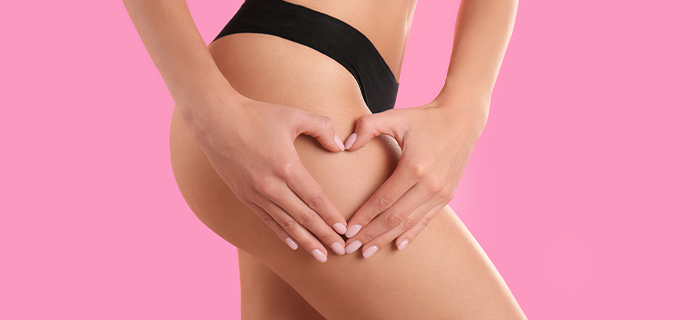Calf Implants

Calf Implants
Calf implants enhance the shape and size of the calf muscles by placing soft, solid silicone implants in pockets overlying the existing gastrocnemius muscles. The calf muscle is a two-headed muscle (one head on the upper inside of the leg and the other on the upper outside of the leg) on the back of the leg that attaches on each side of the femoral bone just above the knee and extends down the leg ending as the Achilles tendon at the heel.
These implants which may be one to each leg or two depending on the desired effect are placed through small incisions in the creases behind the knee. A person may desire to have only the inner head of the muscle enlarged, the outer head, or both. The result is that the existing musculature is made to appear larger and more defined.
Recovery
The Recovery period can be divided into short term surgical recovery and long term cosmetic recovery.
The surgical recovery is the first week or so following the procedure itself. During this time the person is instructed to walk around but when lying or sitting to have the legs elevated which reduces swelling and, therefore, reduces discomfort. The first day or two the patient is in bed with legs elevated most of the time but is up to the bathroom with assistance and may even walk around short distances. After two days the dressings are removed and the person is encouraged to begin a more vigorous routine of walking around. This allows the muscles to start becoming accustomed to having the implants present and allows the skin of the legs to start stretching and feeling more comfortable. After the dressings are removed the person may take short daily showers. After the first week or so the person usually is beginning to feel more comfortable walking greater distances even if it is walking a little stiff-legged. A person usually is walking more normally after a couple to three weeks but is very variable. This generally begins the long-term recovery phase.
It is during the long term recovery phase which begins a couple to three weeks after surgery that more normal walking begins and the skin begins to stretch and loses it’s shiny appearance. There may be some slight bruising around the incisions and this begins to disappear. A special scar prevention/lessening medication is begun about two to three weeks following surgery. No vigorous activities such as weight lifting, bicycling, running, etc. One can usually progress to those activities about a month or two following the surgery but is dependent on any persistent discomfort or swelling and varies from person to person. Without complications, a person is usually back to full, unrestricted activities a month or two following surgery.
The patient is usually able to return to full physical activities within 4-6 weeks.